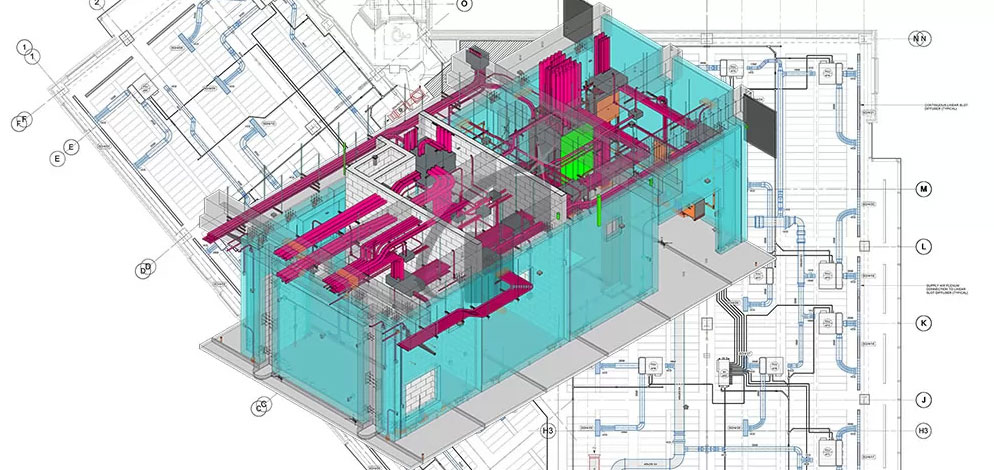Shop Drawing Services
All you need to know about 'Shop Drawing Services' in BIM

A Shop Drawing is prepared by a contractor, subcontractor, manufacturer, or supplier to fabricate, assemble, and install prefabricated components during construction.
BIM shop drawings are the output of a well-coordinated BIM process utilizing conceptual designs and specifications. These 2D shop drawings represent the results of the well-coordinated BIM process.
A shop drawing is more detailed than a design drawing because it must be executed on-site. As a result, it shows more construction details than a design drawing.
Shop drawings derived from a 3D geometry provide all the necessary information for onsite construction. Installation drawings, shops drawings, or construction drawings determine the success or failure of a project.
Only BIM Engineers and Architects with extensive field experience can work in this field. By utilizing the information in these drawings, BIM Services LLC supplied shop drawings can be used to launch layouts in the field.
Benefits of using Shop Drawings in BIM
If BIM shop drawings service is used, a consumer can expect certain benefits with his project. Some of the benefits of shop drawings are as follows:
- Shop drawings provide better insight for better clarity.
- Shop drawings allow us to get an accurate design model, optimize construction schedules, perform efficient cost estimations and quantity take-offs, improve production quality and facilitate handover. Hence, providing structured collaboration and communication throughout cross-functional activities.
- Provides stakeholders with easy-to-understand and detailed information
- Shop Drawings aid in the definition of roles and duties among stakeholders and improve coordination, lowering risks and liabilities.
- Enhances engineering precision and analysis
- Part of the Construction Document Process of submitting critical construction and restoration projects
- Ability to persuade the client since the model provides a near-lifelike virtual experience.
Applications of Shop Drawings available in AEC Industry
AEC industries utilize shop drawings to ensure accurate design, fabrication, and installation of critical building components
- Engineers and Architects can analyze how the fabricator's version of a component corresponds to the construction documents and original design.
- Manufacturers use shop drawings to get a clear and complete grasp of the materials and dimensions and get clearance from the design team on the final material choices. Components, as well as the instructions needed to put them together.
- Collaboration and coordination with accurate BIM information help control the designs of the overall project design and dynamically detect building clashes before the start of the actual fabrication and construction begin.
- Shop drawings are used by MEP (Mechanical, Electrical, and Plumbing) specialists to get a clear picture of how to build ducting, electrical panels, and piping systems on a job site.
- Structural engineers employ shop drawings to ensure that each concrete reinforcing bar is made in accordance with the building's structural integrity, resulting in precise construction.
Information Items related to BIM services
The shop drawings that BIM Services provide include the following information:
- Bottom of Duct(BOD) / Bottom of Pipe(BOP)
- Top of Duct (TOD) / Top of Pipe (TOP)
- Flow Direction
- Location of Offsets
- Sloping
- 3D Details and Views
- Reference Notes
- Dimensions from the nearest column or wall
- Penetration Drawings
- Sleeve and Hanger Details
- Locations of Block-Out
- Field Point Layouts
- Trimble Point Layouts
- Penetration Drawings
Our services
For project stakeholders, we provide shop drawings based on Product Data Submittals, Construction Documents, and Specification Sheets.
Our shop drawings are produced to the highest quality through a team of quality checkers, ensuring fewer and fewer inquiries from field teams.
